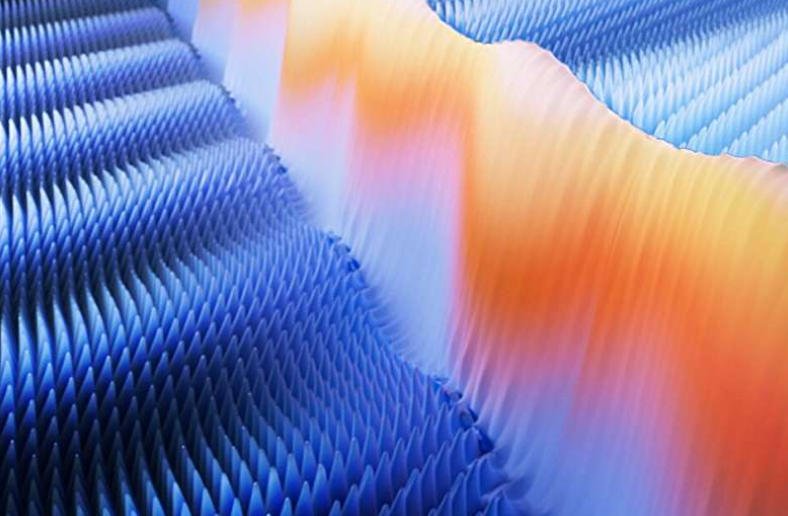Researchers at Princeton University and global collaborators have visualized the boundary modes of charge density waves (CDWs) in the topological material Ta2Se8I, as published in Nature Physics. Charge density waves are periodic modulations of electronic charge and lattice distortions found in materials like high-temperature superconductors. Despite extensive research, experimental observations of boundary states from CDWs have been limited. Using scanning tunneling microscopy (STM), the team achieved the first visualization of these boundary modes, showing their inherent relationship with the bulk CDW.
“Inspired by the study of Kagome compounds, our research team continued a search for a link between charge density wave and topology, turning attention to a quasi-one-dimensional compound, Ta2Se8I, which exhibits topological properties and undergoes a transition to the charge density wave state,” said Maksim Litskevich, co-author of the paper, told Phys.org.
Litskevich added that their scanning tunneling microscopy measurements revealed an in-gap boundary mode (edge state) within a low-temperature charge density wave state. He noted that, for the first time, they bridged the gap between topological and charge density wave systems, marking a progressive step towards unraveling the complexities of the quantum world.
Md Shafayat Hossain, co-author of the paper, highlighted the unique findings: “The topological boundary mode we observed, associated with the charge density wave, exhibits a unique topology distinct from traditional quantum spin Hall edge modes. Specifically, the wavevector phase of the charge density wave remains gapless and connects the phases of the gapped bulk, representing a highly exotic state.”


Hossain noted that their findings reveal Ta2Se8I lacks the expected topological surface state of a non-magnetic axion insulator. He believes this work will inspire further research into additional CDW phases in topological materials, advancing the understanding of these phenomena. Hossain highlighted the potential importance of topological charge density waves for future quantum computing and nanotechnologies and mentioned their immediate goal is to determine the order parameters of this exotic quantum state.


















